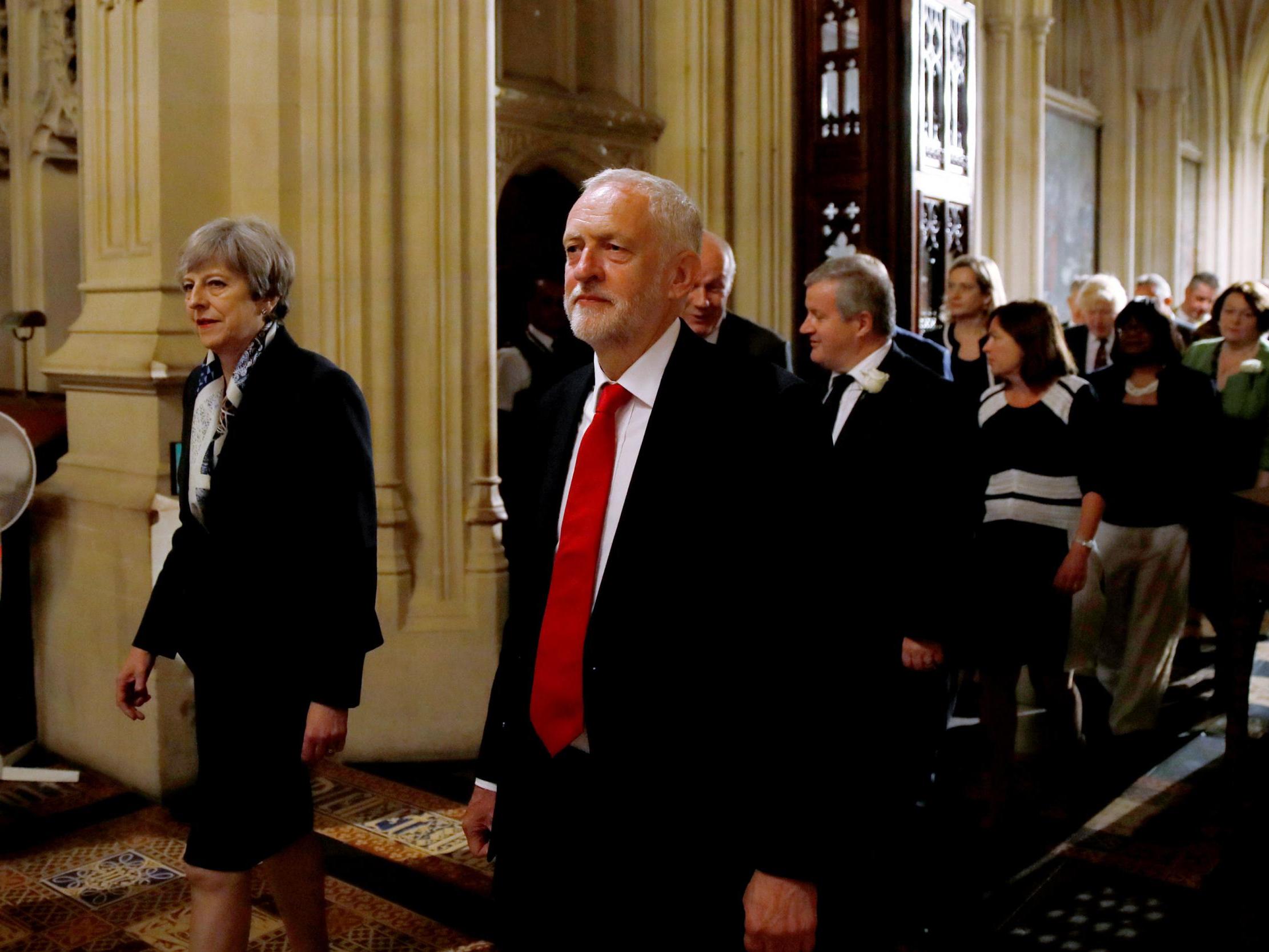The voting system is biased in Labour’s favour – and it may stay that way
Recommendations for new constituencies have been published, which would have given Theresa May a working majority of 23 in the last election, but the new boundaries may well not come into effect


If the last election had been fought on the new constituency boundaries published this week, Theresa May would have had a working majority of 23 – without needing the votes of the Democratic Unionist Party.
The new boundaries are worth the equivalent of replacing 15 opposition MPs with 15 Conservatives. They would deliver a huge partisan advantage to the Tories, so they are bound to be enacted in time for the next election, are they not?
In fact, they may well not come into effect, and Labour may continue to enjoy a system biased in its favour.
This is all the more remarkable because there are three strong non-partisan arguments in favour of the new boundaries. The first is that the current boundaries are long out of date. They were drawn in 2005-07 and so will be up to 17 years old by the date set in law for the next election.
The second is that the boundary commissions have been working with rules that require them to allow less variation in constituency size, so the new constituencies would be more equal than the ones they replace.
And third, the review has reduced the number of seats from 650 to 600. Most people think the House of Commons is too large, even if they think David Cameron’s pledge to “cut the cost of politics” was a populist posture.
But it is this reduction in the number of seats that causes the problems in trying to get the existing Commons to approve the changes.
In the 1980s, a new Tory MP mentioned in a speech in the chamber that he thought the number of MPs ought to be reduced to about 500. He was taken aside afterwards by a government whip who explained to him gently that if 150 MPs were going to lose their seats, 300 would fear they were going to do so. This would make it impossible to get the Commons to vote for the reduction. That whip was John Major. He showed a better understanding of the matter than Cameron.
The problem the government now faces is that it continues unwisely to link an equalisation of seats with a cut in the overall number. What this means is that, if the new boundaries had been in place for the last election, the opposition parties would have won 40 fewer seats (Labour down 28-30, Lib Dems down four or five, Scottish National Party down between two and five, others down three), but the Tories would have won 10 fewer seats.
That means, on the John Major rule, that 20 Tory MPs would fear they would lose their seats, which would make it hard to persuade them to vote for the changes. Cameron realised he had a problem, and devised a plan called “no colleague left behind” to try to make sure that every MP who wanted to fight another election would be guaranteed a seat – with retirements and peerages taking care of the surplus. But the previous version of the boundary changes was lost when the Lib Dems broke with their coalition partners to vote them down – in retaliation against the Tories’ defeat of reform of the House of Lords.
This time Theresa May at least starts with a majority – after the DUP were brought round by revised boundaries that left their 10-seat total unchanged. But it would take only seven Tory MPs to vote against the changes to defeat them (she currently has a working majority of 13, assuming the DUP and two suspended Tory MPs vote with her).
In normal times, it might be possible to buy off potential Tory rebels with peerages or government jobs. But these are not normal times. The prime minister faces a turkey-gaggle of hard Brexiteers who cannot be relied on to bow to the wider interests of the party.
It seems unlikely that May would risk putting the new boundaries to a vote until after Brexit, but even then it would be hard to be sure that she could win.
The obvious thing to do would be to abandon the cut in numbers, and to ask the boundary commissions to start again, drawing up new equalised boundaries for 650 seats. But I am told that it is now too late to do this in time for a 2022 election, according to the deadlines set in law.
Which raises the intriguing possibility that, thanks to David Cameron, Labour will go into the next election with a built in, and quite unfair, 15-seat advantage.
Join our commenting forum
Join thought-provoking conversations, follow other Independent readers and see their replies
Comments